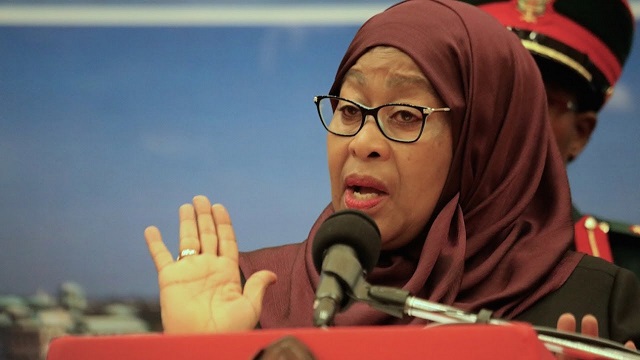Tanzania gears up amid EAC trade rise and investment push
Tanzania is tapping an intra-EAC trade boom (USD 38.2 bn in Q2) as its national investment board kicks off, lifting integration potential. Fixed income investors should monitor sovereign yields and FDI as markers of execution.

The East African Community (EAC) reporting a surge in trade volumes to USD 38.2 billion in Q2 2025—an increase of approximately 28.4% year-on-year—highlights the structural momentum behind regional economic integration and provides a highly favourable backdrop for member states such as Tanzania to leverage higher intra-bloc flows.
Concurrent with this regional uplift, Tanzania has also announced the inauguration of a National Investment Board (TISEZA) to fundamentally streamline approvals, reduce bureaucratic hurdles, and drive mid-sized private-sector participation. This dual action signals a proactive approach to capturing the integration dividend.
The core mechanism at play is one of scale and resilience. Higher intra-regional trade reduces the member economies’ collective dependence on volatile external demand, substantially improves supply-chain linkages, and thus raises overall economic resilience to global shocks.
For Tanzania, this means its strong growth forecast (real GDP of approximately 6.0% for 2025) can benefit from immediate improvements in logistics, greater export diversification into manufactured and processed goods, and stronger Foreign Direct Investment (FDI) flows into critical sectors like manufacturing, transport, and special economic zones .
From a macro and sector impact perspective, this regional momentum establishes a platform for pan-East African economy plays, moving away from single-country risk. For investors, this makes Tanzanian sovereign yields, currently around ~8.3%, relatively more attractive given the reduced external vulnerability and improved growth outlook provided by regional trade. The formation of the new investment board further de-risks capital deployment, simplifying the process of obtaining licenses and land, which historically were major bottlenecks.
However, significant forward risks must be mitigated for this integration dividend to be fully realized. These include persistent infrastructure bottlenecks such as insufficient port capacity and rail connectivity between member states, potential foreign-currency shortages if external receipts do not match the expected rise in capital and import growth, and crucial implementation delays in operationalizing the new streamlined investment regulations. The success of the investment board hinges entirely on its effective authority over other government agencies.
Key metrics that institutional investors should watch closely include the intra-EAC trade share increasing from its current level (approximately 25% of Tanzania’s exports) toward a target of ~30% by 2027, and a sustained rise in FDI inflows into Tanzania to greater than US$2 billion annually. If regional trade growth slows below 20% year-on-year or if the overall import-export imbalance widens beyond 10% of GDP, the expected integration dividend may be delayed, and the country's sovereign yield differentials may widen against its peers, signaling renewed market caution.





